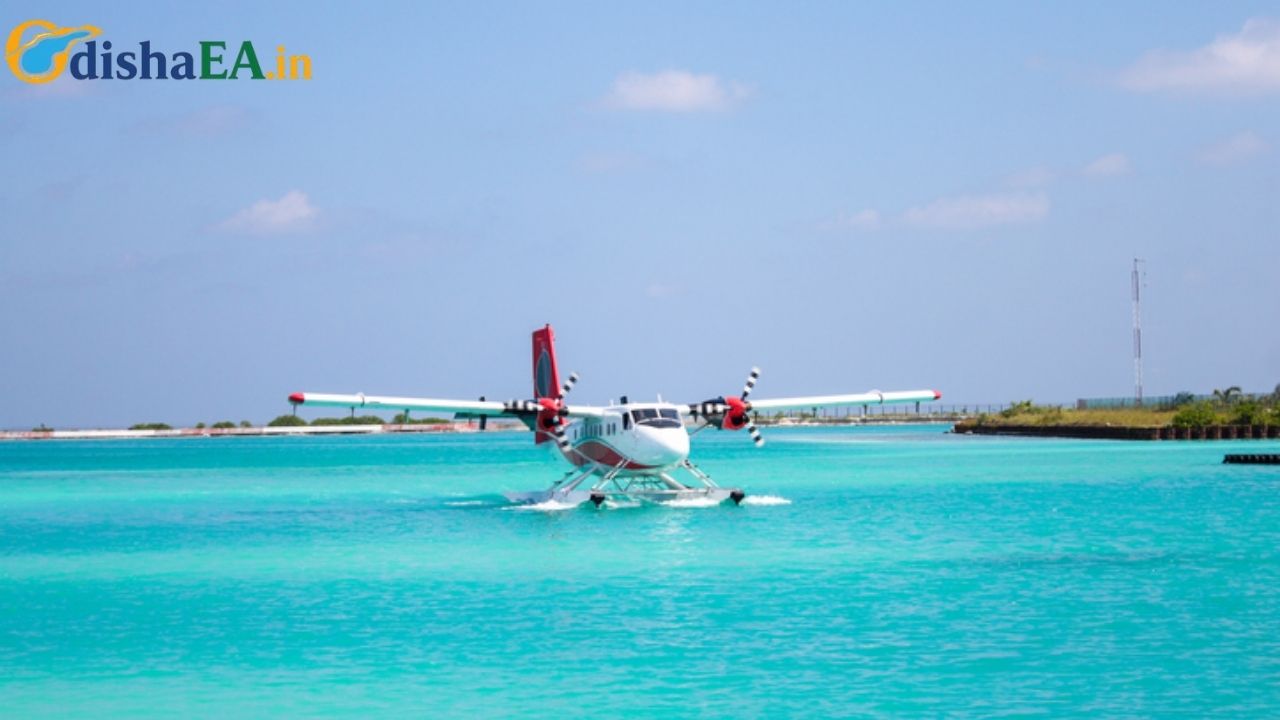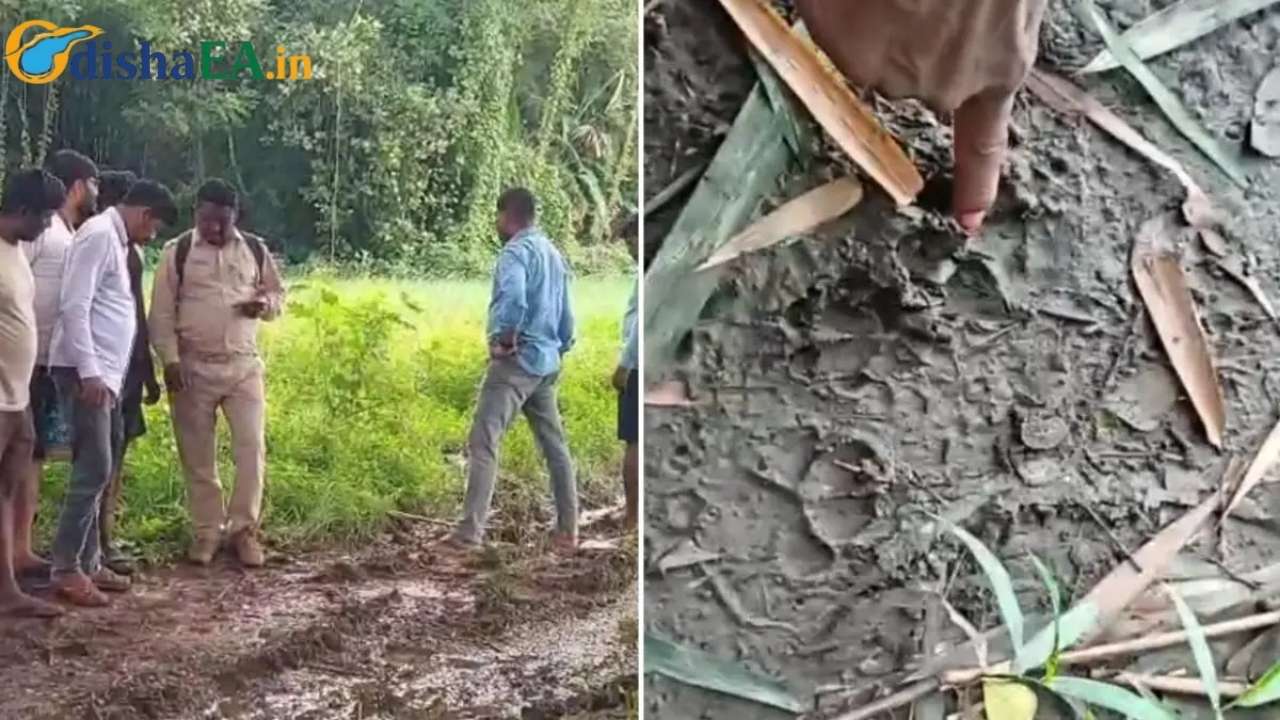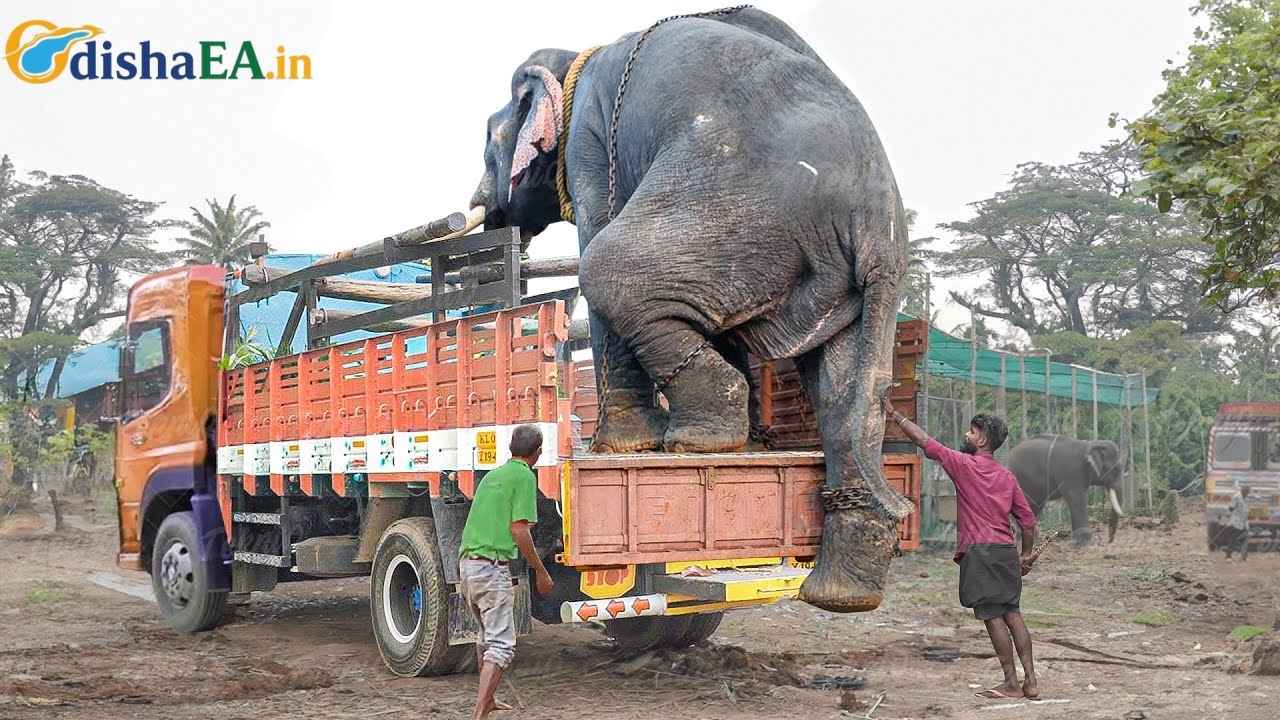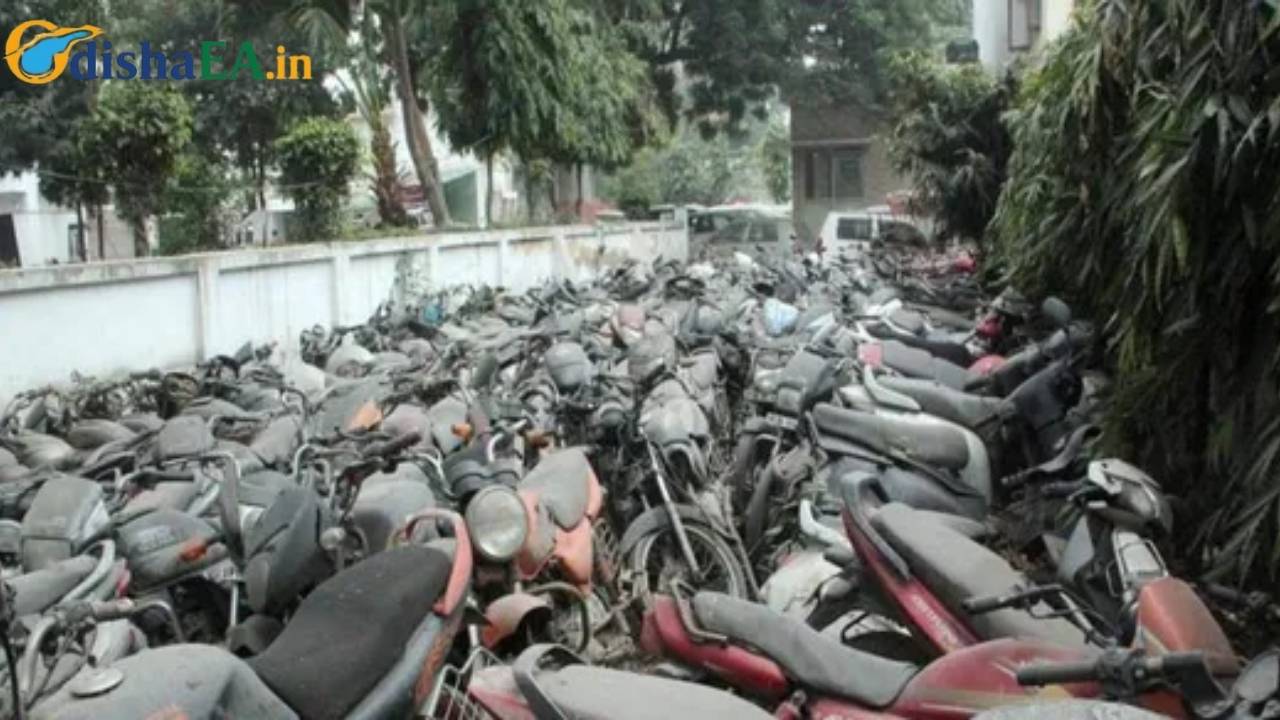In an exciting new chapter for India’s aviation industry, Odisha is preparing for a significant transformation in its transportation landscape. Starting in October 2025, the state will launch seaplane services and water aerodromes, enhancing connectivity and offering a fresh way for tourists and locals to travel. This ambitious move is a part of the Indian government’s larger vision to boost regional connectivity and promote tourism. In this article, we’ll dive into the details of this aviation revolution in Odisha, breaking down what it means for the state and its people.
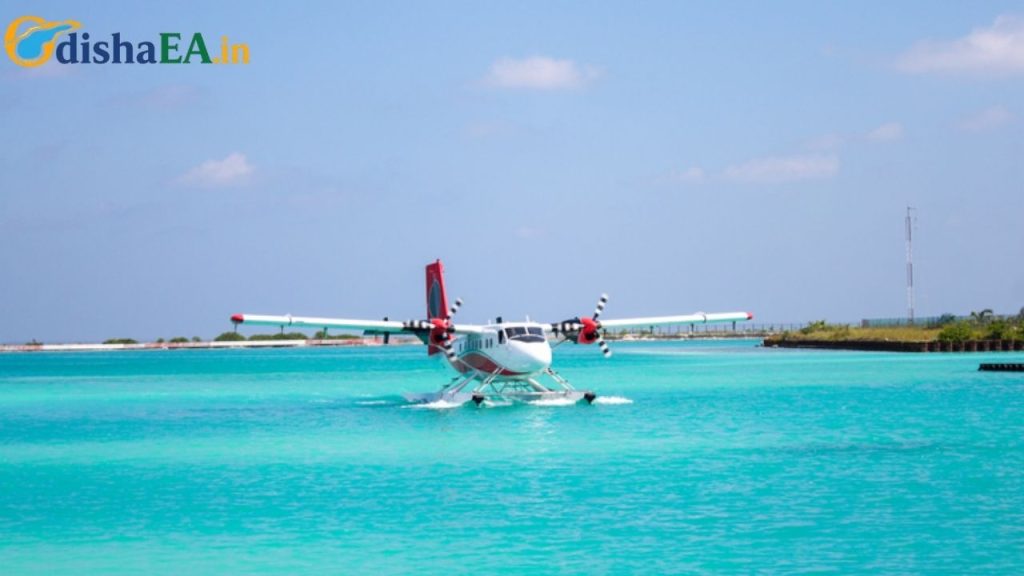
Odisha’s Aviation Revolution
| Key Point | Details |
|---|---|
| Seaplane Operations | Resumption of seaplane services on two routes by October. |
| Water Aerodromes | Water aerodromes to be set up, with simplified guidelines. |
| Locations | Chilika Lake, and other coastal areas in Odisha. |
| Infrastructure | Upgrade of 11 airstrips in Odisha, potential airport development in Puri. |
| Regulatory Updates | Streamlined pilot training and regulatory frameworks for water aerodromes. |
| Economic Impact | Increased tourism, job creation, and regional growth. |
| Official Resources | Airports Authority of India |
In summary, Odisha’s move towards seaplane services and water aerodromes marks a new era in Indian aviation, particularly for coastal states. This initiative is set to improve connectivity, create new tourism opportunities, and boost the state’s economy. Whether you’re a local resident, a frequent traveler, or someone interested in aviation, the upcoming changes in Odisha are sure to bring significant benefits to everyone.
With seaplane services and water aerodromes coming into play, Odisha is positioning itself as a major hub in India’s aviation landscape, and this transformation will likely serve as a model for other regions in the future.
What Are Seaplanes and Water Aerodromes?
Before we jump into the details of Odisha’s seaplane services, let’s first understand what seaplanes and water aerodromes actually are.
Seaplanes are aircraft specifically designed to take off and land on water. Unlike regular planes, which require runways, seaplanes can land on lakes, rivers, and coastal waters. They’re often used for regions that don’t have airports but have large bodies of water that can be used for takeoff and landing.
A water aerodrome is essentially a specialized airport for seaplanes. It’s an area on the water where these planes can safely take off, land, and be serviced. Think of it as a “dock” for airplanes, but instead of water taxis, it’s planes coming and going!
In Odisha, Chilika Lake, one of India’s largest coastal lagoons, will be home to one of these new water aerodromes. This region is known for its rich biodiversity and vibrant tourism industry, making it an ideal candidate for this aviation initiative.

What’s Happening in Odisha?
The launch of seaplane operations and water aerodromes in Odisha is not just about adding a new mode of transport. It’s about completely revolutionizing the way people travel within the state and connecting more remote coastal regions. Odisha’s stunning coastline, dotted with pristine beaches and cultural landmarks, makes it an attractive destination for tourists. However, accessibility has always been a challenge, especially for those visiting areas with no major airports.
Seaplane Operations
The Union Civil Aviation Minister, Ram Mohan Naidu, has confirmed that seaplane operations will resume on two routes by October 2025. These routes are likely to connect major coastal towns and tourist hubs like Chilika Lake, with other areas like the Andaman & Nicobar Islands and Kerala. This resumption is an effort to make air travel more accessible to India’s coastal and inland areas, further pushing India’s UDAN (Ude Desh ka Aam Nagrik) scheme, which aims to make air travel affordable and accessible to all.
Water Aerodromes
The Airports Authority of India (AAI) is at the helm of establishing water aerodromes across the country. In Odisha, efforts are underway to develop these facilities, which will be equipped with the necessary infrastructure, including landing areas, docking stations, and pilot training programs.
The AAI has simplified regulations for these operations, making it easier to set up water aerodromes in coastal regions. This means that not only will Odisha benefit from these services, but so will other coastal states like Andhra Pradesh and Kerala.
The Benefits of Seaplane Services for Odisha
The introduction of seaplane services and water aerodromes brings several key benefits to Odisha, ranging from economic growth to environmental impact reduction.
Economic Growth and Job Creation
The first and most significant benefit is economic growth. By improving connectivity, Odisha will attract more tourists, which will lead to higher spending in local businesses, hotels, and attractions. This increase in tourism will also generate more jobs in aviation, hospitality, and local services, boosting employment opportunities in the state.
Connecting Remote Areas
Odisha is known for its remote coastal and inland areas, which can be difficult to access by traditional road or rail routes. Seaplane services will offer direct flights to and from these areas, allowing locals and tourists to travel quickly and efficiently. This will be a game-changer, especially for people living in island communities or isolated towns.
Environmental Impact
Seaplanes are often considered more environmentally friendly than traditional planes, as they don’t require long runways or large airports, reducing the need for large-scale land development. Additionally, they can access regions that are otherwise not reachable, reducing the strain on other transportation networks like roads and railways.
How Will Water Aerodromes Be Set Up?
Setting up a water aerodrome involves several steps, and here’s a breakdown of the process:
- Location Selection: The first step is choosing a suitable location with enough depth (at least 5 feet) and space for a plane to safely land. Chilika Lake is one of the first locations identified in Odisha, with its calm waters providing an ideal setting for seaplane operations.
- Infrastructure Development: This includes building docking stations, water runways, and necessary service facilities like hangars and maintenance stations. The AAI is working with local authorities to develop these facilities.
- Pilot Training: Special pilot training programs will be introduced to ensure that pilots are equipped with the knowledge and skills required to operate seaplanes safely on water. This will be part of the regulatory framework for water aerodromes.
- Regulatory Approvals: The AAI will establish regulatory guidelines for water aerodrome operations, ensuring they meet safety and environmental standards. Once completed, the facilities will be open for public use.
Odisha Government Approves ‘IT Policy 2025’ to Boost Technology Development
MRO Facility in Bhubaneswar: A Leap for Odisha’s Aviation Growth
Odisha’s B-MAAN Scheme Soars as Bhubaneswar-Jharsuguda Flight Takes Off for the First Time
FAQs
1. What is the timeline for seaplane operations in Odisha?
Seaplane services are expected to begin by October 2025, with two routes initially launching in Odisha.
2. What are water aerodromes?
A water aerodrome is a special facility on water where seaplanes can take off and land. These are crucial for making air travel accessible to coastal and island regions.
3. How do seaplanes work?
Seaplanes are aircraft designed to take off and land on water, much like how a boat can float on water. They don’t need traditional runways to operate.
4. Where in Odisha will these services be available?
Chilika Lake and other coastal regions are the prime locations for water aerodromes and seaplane services.
5. What impact will this have on tourism in Odisha?
This new service will increase tourism by making it easier for tourists to access coastal and remote areas, boosting local economies and job opportunities.

